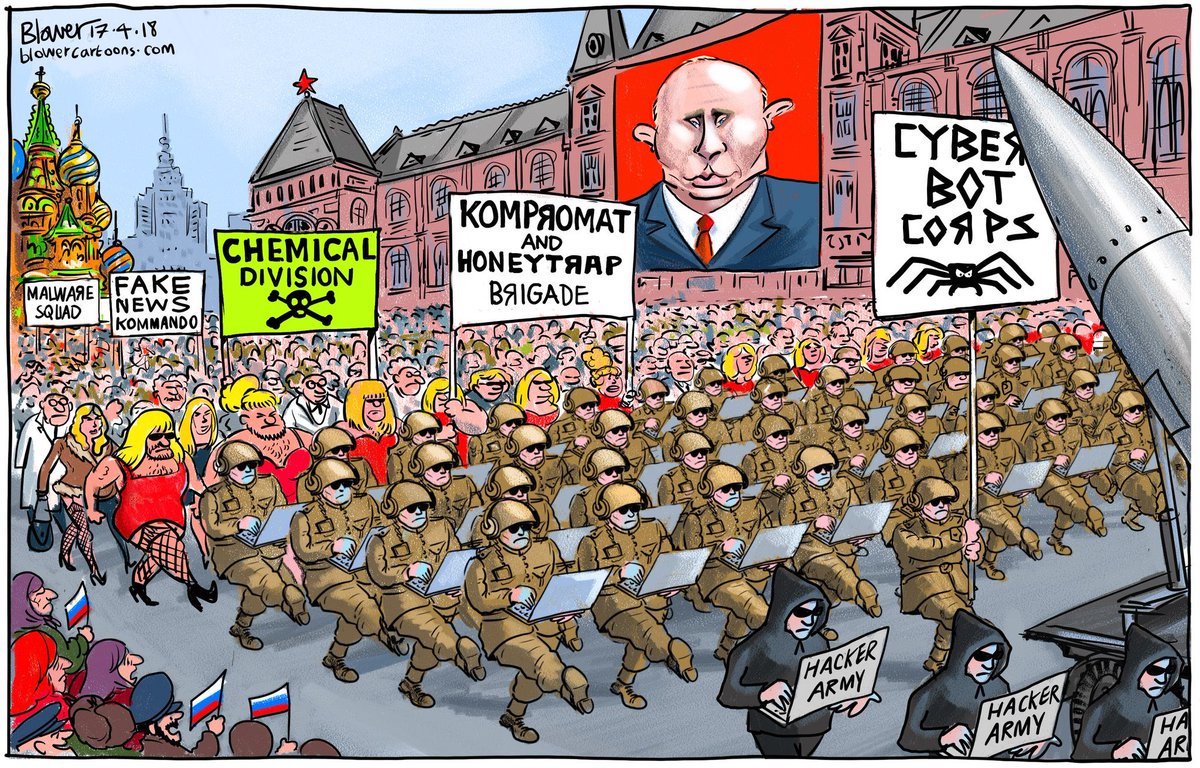In the best of times Russia has a defense budget the size of Australia's and they have had serious problems developing a stealth fighter from the beginning. The oil war was crushing their economy and military budget even before Corona. Also China is reliant on Russian made engines for their stealth planes so Russia's problem is China's problem. Neither have a export market, Russia couldn't give these things away, India canceled their involvement in the project. China is still having issues with its J20 stealth fighter, mush of it due to engine problems and IR signatures but also inferior avionics, performance, and all aspect stealth. It looks like America will be the main stealth player for the foreseeable future.
Russia's Su-57 Stealth Fighter Has Problems: Engines, Oil, and Weak Adversaries | The National Interest
"" Putlerstan (Muscovy , " Russia") in Numbers :
The territory of Russia is 17.075.260 square meters. km and mainly lies north of 55 ° N.
Approximately 85% of the territory is not suitable for permanent comfortable living of the population. permafrost (areas of Siberia and the Far East) occupies 60% of the territory of Russia, swamps and wetlands almost 22%, rivers and lakes about 4%. Another part of the land is periodically flooded, part is occupied by mountains and forests, a little under ravines, part under deserts and solonchaks.
According to the State Statistics Committee's report for 2005, in Russia 2.2 million square meters of agricultural land are cultivated or used in agriculture. km, of which only 1.2 million for arable land, 0.2 million square kilometers are occupied by settlements of all types in the country. km, for industrial facilities and for military purposes 0.2 million, for other 0.1 million.
For a happy life, the Russians still have 2.561.289 square meters. km.
This is 15% of the territory ie.
real Russia is slightly larger than Sudan, but less than Kazakhstan.
Average temperatures in January, in different regions, from 0 to -50 ° C, in July from 1 to 25 ° C, precipitation falls from 150 to 2000 mm per year.
At temperatures below -5 ° C, the maintenance costs of the infrastructure with each degree below zero increase exponentially.
Snow removal in the thickness of 40 cm in St. Petersburg takes more than 30 days.
Russia accounts for less than 2% of global GDP. The main export items (according to the Federal Customs Service) are gas and oil (70%), primary metals (15%), roundwood (10%), everything else, including equipment, weapons and technology - less than 5%.
According to soil scientists, 17.8% of agricultural land is subject to water erosion, 8.4% of wind erosion, 12.3% of wetlands and wetlands occupy wetlands and wetlands, and saline soils - 20.1%.
The land, not subject to all these misfortunes, in Russia is only 0.91 million square meters. km.
The agricultural season in most of Russia is 2-3 months (in Europe or the US 8-9 months). The average annual yield of cereals in Russia (on non-chernozems) is about 17 centners, in Germany, France and Great Britain (on nonchernozem) - 70 quintals per hectare, in Sweden - 60, in Ireland - 85, in Ukraine (on chernozems) - 24 in all.
The Russian state border stretches for 58,322 km and has 424 border crossings.
The total number of settlements is 157.895, of which more than 30.000 are still without telephone communication.
Most of the 39,000 abandoned villages and settlements are in the Central Federal District, the Northwest, the Far North, Siberia and the Far East.
In Russia only 65% of housing has been gasified.
Up to 75% of Russia's food needs are covered by imports.
78.7% of Russians consider cooperation with law enforcement bodies as unacceptable.
Russia consumes more than 20% of all heroin produced in the world.
The volume of the Russian market of heroin alone is estimated at $ 13 billion annually.
Every day in Russia, 100 people die because of a drug overdose.


